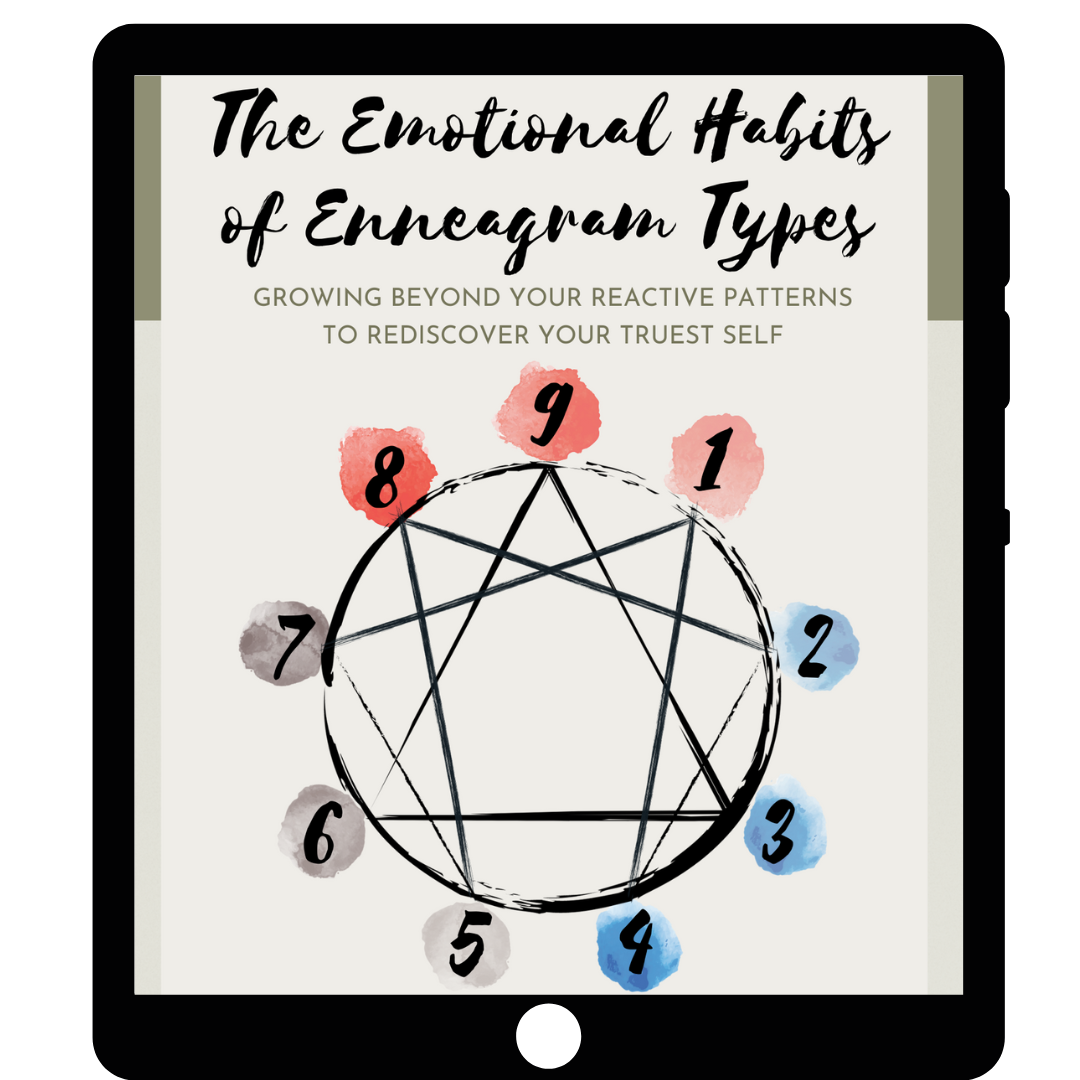Feeling Stuck and Uninspired?
In another blog, I talked about feeling STUCK and discontent with life, wanting to make changes but not sure where to start. To combat it, we focused on taking ACTION through concrete steps and deadlines, but that might be an overwhelming starting point for some people.
Instead, the Bridge Exercise provides a new way to push for changes by VISUALIZING challenges we face and what can help us overcome them.
The Bridge Exercise
The Bridge Exercise is a tool to help you quickly understand where you are now, where you’d like to be, and what’s in the way of that, similar to the post on Taking Action. Instead of focusing on bite-sized steps though, the Bridge Exercise functions VISUALLY, encouraging you to tap into your emotions to find your challenges.
To complete the activity, divide a landscape piece of paper into the sections like the following image, or download and print the PDF handout.
Bridge Exercise Steps
Without using words or symbols, you will depict different areas of your life on the piece of paper. Use anything you have on hand—markers, watercolors, pens—feel free to get as creative as you want!
In part 1, depict where you are in the PRESENT. In which areas of life do you feel stuck? What does this look like? What does it feel like? What might that look like visually? (Remember: there are no wrong answers!)
(E.g., a person may feel stuck in their current relationship. Maybe they fight often, leaving them ridden with anxiety and guilt, or that their sensitivity is not respected, leaving them unfulfilled.)
In part 2, envision where you’d like to be in the future. What does that vision hold for you? What does it have that your present does not have? What emotions does this future evoke?
(E.g., that same person may envision a relationship with balance and reciprocation where both parties matter.)
In part 3, picture what seems to be in the way of the future you envision. What are the obstacles, blocks, and gaps from reaching this future?
(E.g., this person might be stuck in a one-sided relationship, feeling stuck in a shame cycle, and finding it difficult to find balance.)
Lastly, in part 4, “the bridge,” think about what connects part 1 (where you are now) to part 2 (where you want to be) by getting over part 3 (the blockade). Are there SOLUTIONS to overcoming these obstacles? What might those solutions look like?
(E.g., the solution could be a new relationship or building boundaries that work towards radical candor or a strong, balanced relationship.
Applying the Bridge Exercise
This exercise helps us think about our obstacles and solutions without overwhelming us with tasks. It works as a preliminary step to finding the reasons for feeling stuck and the changes needed to find solutions and take action. Visualizing obstacles and solutions is a vital step for improving relationships, identifying idleness in work lives, and realizing other uninspiring aspects of life that can use your attention and recharging. When you’re ready to take action, head over to the Taking Action post to help you get started.
What are your Enneagram type's emotional habits?
Grab this free guide that shows you how to grow beyond the patterns that keep you stuck!
Don't know your Enneagram type?
Find yours here!
© Copyright 2022 Joanne B. Kim. All rights reserved.
JOANNE B. KIM, LMFT
Joanne is a Licensed Marriage & Family Therapist and Certified Brainspotting Practitioner in San Jose, CA, who loves helping people create emotionally thriving relationships. She helps people EXHAUSTED by anxiety, shame, and an allergic reaction to anger create VIBRANT relationships where they matter, too.
Many of her clients are:
(1) the highly responsible, conscientious, and empathic types
(2) Enneagram Type Ones, Twos, Fours, or Nines
(3) Highly Sensitive Persons (HSPs)
(4) adult survivors of emotional abuse and neglect
The most common words spoken by those who’ve sat with Joanne: “I thought it was just me. I’m NOT crazy!”
“I can finally figure out what to do with all these feelings!”



































“The Mask”, featuring Jim Carrey, is a great movie that illustrates what the Enneagram types are like: masks (or personas) we don until we become so “fused” with them that we forget our true selves. Read this blog to learn about your mask!